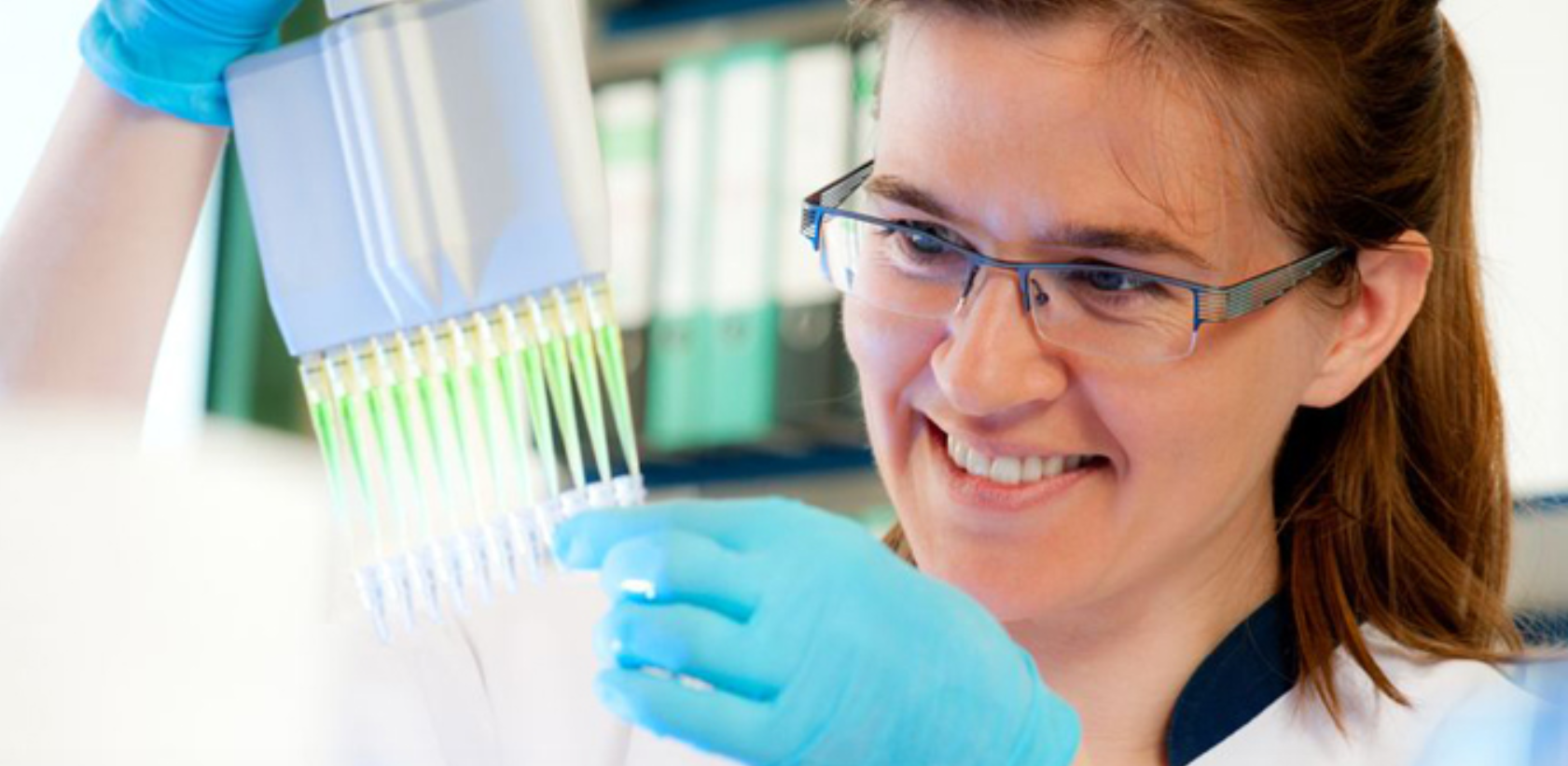Warranty information

Dentalis Dental Implants is committed to providing high-quality products based on our latest insights in the current research. Additionally, it is in our understanding to support our clients as a partner in case of implant loss. Accordingly, we will support you with a lifetime warranty on the implant – no matter where your patient will go.
Lifetime warranty for implants
For implants, we provide you with a lifetime warranty once implant osseointegration has taken place. The warranty exclusively extends to the fact that osseointegration has taken place. The warranty does not include exchange of products that have been incidently opened or fallen on the floor. As we believe that the loss of an implant is always a shared responsibility, we charge an exchange fee of 25 Euro per implant within this warranty.
Limited warranty for prosthetics and instruments
For all prosthetic components and instruments, we cannot provide a lifetime warranty as often handling matters are due for failures of such components. We therefore will always assess case-by-case whether a product should be replaced. Should our analysis show that the product design had failures, we will replace the respective component.
To claim this warranty we would ask you to fill in the attached form
Surgical Drills and Taps:
Surgical drills and taps include a warranty period of ninety (90) days from the date of initial invoice.
Surgical instruments should be replaced when they become worn, dull, corroded or in any way compromised. Surgical drills should be replaced after 12 to 20 osteotomies.
PURPOSE:
The authors evaluated, under conditions simulating implant placement, the cutting efficiency, durability, heat production, and wear of implant drills.MATERIALS AND METHODS:
Osteotomies were performed on bovine ribs using a surgical unit mounted in a testing apparatus. A software program controlled the apparatus and recorded temperatures, depths, and drilling times. Seven brands of drills were tested. Spade, twist, tri-flute, and TiN-coated drill designs were evaluated and compared during 100 successive osteotomies. Scanning electron microscopic and energy-dispersive x-ray spectroscopic examinations were performed, and hardness was measured.RESULTS:
Two 2-mm drills had mean removal rates significantly greater than the others (P < .05). The 2-mm twist drill design with a low hardness (Implamed) exhibited plastic deformation at the cutting edge, loss of cutting efficiency, and drill fracture. The TiN-coated drills showed greater wear and significantly lower removal rates (P < .05) than noncoated drills. Temperature increases with different drills were not significantly different at depths of 5 or 15 mm or between 2-mm or 3-mm drills. With 1 exception (the 2.3-mm Paragon drill at a depth of 15 mm), the temperatures generated by the different types of drills were not significantly different. Clinically harmful temperatures were detected only at a depth of 15 mm during 5 osteotomies and coincided with a marked decrease in the rate of drill advancement with a resulting continuous drilling action.DISCUSSION:
Temperatures generated at depths of 5 and 15 mm by the different drill types and diameters were not significantly different and, with only 5 exceptions, were clinically safe. Several differences between brands were noted in regard to cutting efficiency and durability, underscoring the importance of material selection and quality on drill performance.CONCLUSIONS:
Drill design, material, and mechanical properties significantly affect cutting efficiency and durability. Coolant availability and temperature were the predominant factors in determining bone temperatures. Implant drills can be used several times without resulting in bone temperatures that are potentially harmful. Continuous drilling in deep osteotomies can produce local temperatures that might be harmful to the bonePURPOSE:
The goal was to measure heat generated in bone by 3 implant drill systems after repeated drilling and sterilization.MATERIALS AND METHODS:
Temperature was measured with thermocouple technology in vitro using the bovine femoral cortical bone model. Intermittent drilling was accomplished at a constant 2.4-kg load and drill speed of 2,500 rpm. External irrigation at 40 mL/min with normal saline was used. Three implant drill systems-system A (triple twist drills with a relief angle), system B (triple twist drills without a relief angle), and system C (double twist drills with a relief angle)-were evaluated and heat was measured at the final drill in the drilling sequence (4.0 mm or 4.2 mm) at a depth of 15 mm. Thermocouples were placed 0.5 mm from the osteotomy at a depth of 15 mm. Heat measurements were recorded out to 25 uses.RESULTS:
Results showed temperature increased with multiple uses. System A and C drills had temperature measurements that were below 47 degrees C, even after 25 uses. System B drills had temperatures that exceeded 47 degrees C from the initial use. Light microscopy showed little drill wear even after 25 uses.CONCLUSIONS:
Drill geometry plays a major role in heat production and may explain the increased temperature readings seen in system B. These drills lack relief angles and have the smallest clearance angles of the 3 systems. It also has fewer drills in its drilling sequence compared with systems A and C. This study shows that temperatures increase when drills are used multiple times. Systems A and C had acceptable temperature measurements out to 25 uses. System B drills showed significantly higher heat production with little visual signs of wear.PURPOSE:
The purpose of this study was to evaluate the heat generated in bone by 2 implant drill systems in vitro with and without using surgical drill guides.
MATERIALS AND METHODS:
Temperature was measured with K type thermocouple in vitro using the bovine femoral cortical bone model. A constant drill load of 2.0 kg was applied throughout the drilling procedures via a drilling rig at a speed of 1,500 rpm. Two different implant drill systems-System A (with external irrigation) and System B (with both external and internal irrigation)-were evaluated. The samples were divided into 4 groups. System A test group 1 (TG1) included the following: 20 samples for drilling with surgical drill guides; control group 1 (CG1): 20 samples for classical implant site preparation. System B test group 2 (TG2) included the following: 20 samples for drilling with surgical drill guides; control group 2 (CG2): 20 samples for classical implant site preparation. Heat was measured at the final drill in the drilling sequence (4.2 and 4.4 mm). Thermocouples were placed at a 1-mm distance from the osteotomy area at depths of 3, 6, and 9 mm. Heat measurements were recorded out to 50 uses by a software program. Data were subjected to the Mann-Whitney U and Kruskal-Wallis tests. The alpha level was set a priori at 0.05.
RESULTS:
The mean maximum temperatures at the depths of 3, 6, and 9 mm using surgical drill guides were 34.2 degrees , 39.7 degrees , and 39.8 degrees C, respectively, although without using surgical drill guides the values were 28.8 degrees , 30.7 degrees , and 31.1 degrees C. A statistically significant difference was found at the depths of 3, 6, and 9 mm between using surgical drill guides and classical drilling procedure.
CONCLUSIONS:
From a heat generation standpoint, we conclude that preparing an implant site with using surgical drill guides generates heat more than classical implant site preparation regardless of the irrigation type.
ABSTRACT:
In the preparation of osseointegrated dental implant sites, the use of bone drilling with conventional external irrigation has been shown to be thermally non-injurious to bovine bone, when employed as a model for dental implantology. The use of internal irrigation drilling systems is promoted on the basis of improved delivery of coolant to the bone/drill interface, which should subsequently improve local debridement and cooling, and therefore reduce thermal insults to the bone. The aim of this bovine model study was to compare the temperatures that were generated with external and internal irrigation systems during bone preparation for dental implants. A constant drill load of 1.7 kg was applied throughout the drilling procedures via a drilling rig. The burs that were used for both irrigation methods were a 2 mm twist drill for cutting the channel and a 3.25 mm drill for trephining this channel. The principal recorded parameter was the change in temperature generated via the drilling procedure. The 2 mm twist drills produced a maximum change in temperature of only 3.0 degrees C and 3.1 degrees C for the internal and external irrigation systems, respectively. Maximum changes for the 3.25 mm drills were 1.34 degrees C and 1.62 degrees C, respectively. Using the t-test, no statistical benefit was observed for one irrigant delivery system over the other. The clinical benefit of using the more expensive internal irrigation systems is therefore deemed unjustifiable, on the grounds that these systems do not appear to reduce the thermal challenge to the bone over and above that of simple flood irrigation.
Return Policy
Product returns require a Return Authorization Form, which may be acquired by contacting Customer Care.
The completed Return Authorization Form must be included with the returned product.
For more information, please see the reverse side of the invoice that was shipped with the product.
Disclaimer of Liability
DENTALIS products may only be used in conjunction with the associated original components and instruments according to the Instructions for Use (IFU).
Use of any non- DENTALIS products in conjunction with DENTALIS products will void any warranty or any other obligation, expressed or implied.
Treatment planning and clinical application of DENTALIS products are the responsibility of each individual clinician.
DENTALIS h3ly recommends completion of postgraduate dental implant education and adherence to the IFU that accompany each product.
DENTALIS is not responsible for incidental or consequential damages or liability relating to use of our products alone or in combination with other products other than replacement or repair under our warranties.
The Clinician recognizes responsibility for use. Therefore, regardless of the real or proven damages, the liability to DENTALIS is limited to the price of the product directly related to the reason for the claim.
Distributed Products: For information on the manufacturer’s warranty of distributed products, please refer to their product packaging.Distributed products are subject to price change without notice.
- In order to replace a failed implant, clinicians must first file a Complaint Report. Clinicians requesting restorative benefits must file a Restorative Reimbursement Form. Both of these forms are available for download from our website, and can be filled electronically before printing. Please make copies for your records.
- Please return implants cleaned and sterilized. Non-sterilized devices are considered biological hazards based on current United States Postal Service regulations, and are illegal to ship.
- Be sure to send the appropriate forms and sterilized product(s) to our Warranty Department in a padded mailer.
